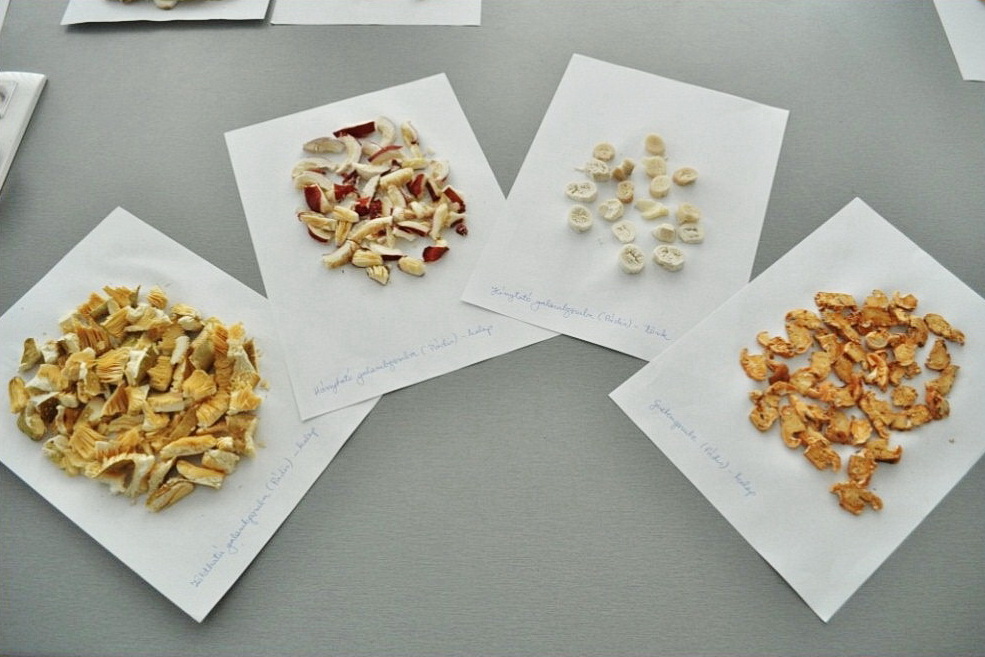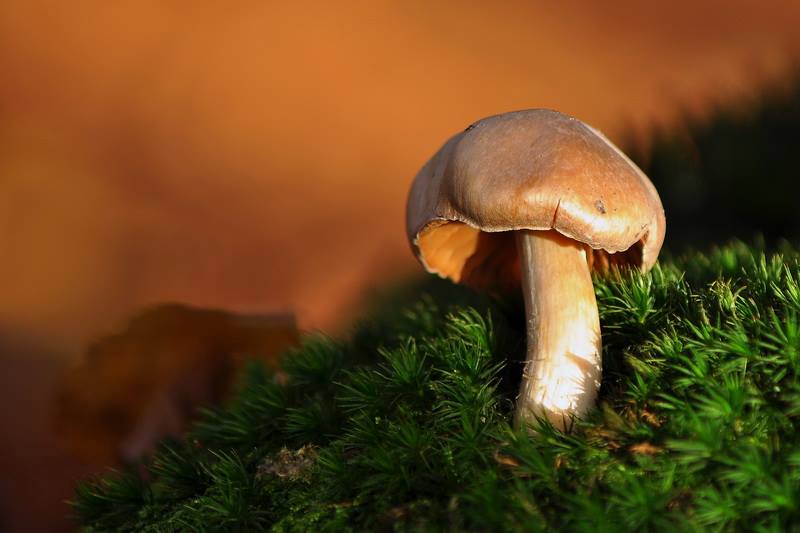Home / Research with students /
20/06/2016
The mineral content of edible mushrooms from the Făget forest
Student: Varga Krisztina, BSc, 3rd year
Scientific advisor: Zsigmond Andreea-Rebeka, PhD, assistant professor
The consumption of wild grown edible mushrooms is a worldwide custom. In Transylvania there is a strong tradition of collecting wild edible fungi for eating and selling. Edibility assumes the absence of poisonous effects, a pleasant taste and aroma, and nevertheless the lack of concentrations of accumulated toxic elements dangerous to human health. However, this last aspect is often ignored by the collectors. Some metals are essentials for human health, like Cr, Mn, Ni and Zn, some are toxic, like Cd. If the concentration of these elements are relatively high in the mushroom, its consumption would be harmful, even toxic to the human organism. Other elements, like Ca, Mg, K, P, S, Fe, Cu are beneficial to our health.
The aim of our study was to determine the mineral content of some edible mushrooms grown in the Făget forest running along the southern boundary of the city, and to assess the health risk arising from the consumption of these fungi. Altogether 14 species of fungi were sampled in the autumn of 2014, and at least three individuals by species were collected. The samples were cleaned, dried, meshed and sieved, then the samples were digested in acidic-oxidative medium. The digests were analysed with ICP-OES for the elemental content in cooperation with the University of Debrecen.
Our results showed species related preferences toward some metals, for example: the Macrolepiota procera preferred the Cu (14,7–14,8 mg/kg fresh weight), the Armillariella mellea and the Chantarellus cibarius preferred the Cr (0,17–0,19 mg/kg fresh weight), the Boletus edulis and the Leccinum scabrum preferred the Cd (0,3–1,1 mg/kg fresh weight). On the other hand, the Lactarius volemus, the Lactarius piperatus and the Amanita rubescens a exhibited the lowest mineral content.
It was true for all mushroom species that the caps had higher mineral content than the stipes. Relying on the values of the hazard quotients (HQ) and of the hazard index (HI) we assessed the health risk related to the consumption of these fungi. The HI expresses the cumulative effect of the different toxic metals. The health risk is real, when the HQ values, and the HI value are greater than one. If we consider a regular weekly consumption of 1 kg fresh mushroom for adults, and 0,5 kg fresh mushroom for teenagers, then the consumption of the Leccinum scabrum (HI = 2,33 for adults) and the Boletus edulis (HI = 1,1 for adults) denote a health risk problem. But, if the regular consumption rate is not higher than 1 kg per month, than these mushrooms can be safely consumed. The other mushroom species studied in this research do not exhibit any safety problems with regard to the toxic metal content.
The details about this research can be read in English in the scientific paper Acta Universitatis Sapientiae Agriculture and Environment.
Zsigmond, A. R., Varga, K., Harangi, S., Baranyai, E., Urák, I. 2015. Elemental profile of edible mushrooms from a forest near a major Romanian city. Acta Universitatis Sapientiae Agriculture and Environment, 7: 98–107.












